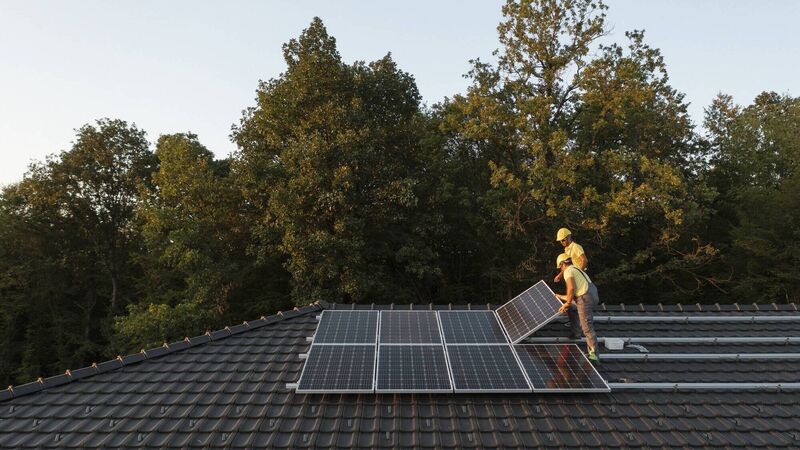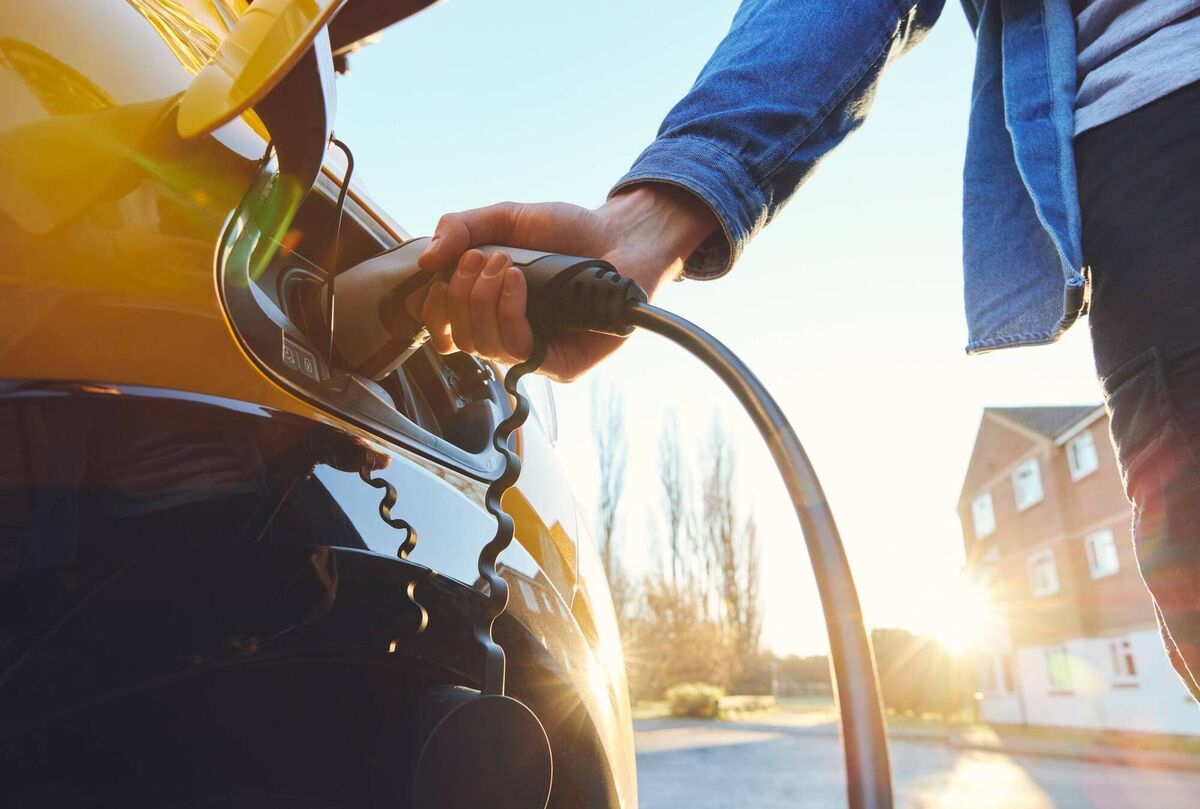Solar gain: Selling power back to your supplier

The first thing you must do to start your PV journey is have a survey done of your roof or PV ground position by an SEAI-registered PV supplier. Picture: iStock
There are a few changes to the grant aid managed by the SEAI for photovoltaic (PV) since February 16 worth noting. The first is, that your home can have been built and occupied from 2021 or before to qualify, and can have any existing BER. The grant is open to both landlords and homeowners.
CLIMATE & SUSTAINABILITY HUB
This reduction in the eligibility criteria will mean a lot more homes will qualify going forward.

Up in Donegal, Corrie Crawford has just installed her second array after moving from a home where she had enjoyed the benefits of PV.
She explains: “My array is 14 panels at 340W each making a 4.8kW array. I have a (very large) 8.2kWh battery. My opinion on micro-generation is that the public thinks this is going to be a great thing and will put down a fortune on larger arrays.

In Roscommon, Kenneth Fallon is also about to buy a battery electric vehicle, and intends to integrate this into his highly sustainable life. He has a 7.5kWp array and is patiently awaiting the installation of a 5kWh battery. He is confident FIT will impact his billing.
Kieran Hurley lives in West Cork, where he uses a 6kWp array without a battery and generated 800kWh in June alone.
“A quick bit of back-of-the-box maths makes me think selling power for 14c and buying it back for 22c with SSE is not that bad a deal. It’s turned me off the idea of shelling out €5,000 plus for batteries.
- For more information on PV Grant aid see seai.ie. For information on the unit price and contract details for MSS, consult your power supplier













